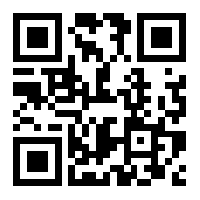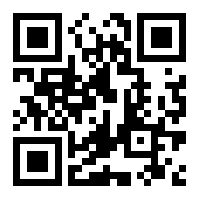
About Us Ningyang Power cords manufacturer
Introduction of our Ningyang Wire Manufacturing Company
Ningbo Ningyang Electric Appliance Co., Ltd.(Ningyang NYC) was established in 2010 . With more than 10 years of experience and dedication to our products,we have now established a good reputation as a supplier of power cords and connectors. With the steady growth of turnover, as part of our cooperation with old customers, we can now supply products directly to you from our Chinese factories in Ningbo or Shanghai, Zhejiang.
Our monthly production capacity has increased to more than 50,000 power cords. We not only provide competitive prices and timely delivery, but also provide high-quality products.
The main products include: Rubber Cable PVC Cable IEC60320 Power Cord Plug Euroean Power Cord VDE UL/cUL NEMA 1-15P NEMA 5-15P NEMA 6-15P NEMA 5-20P NEMA 6-20P NEMA 6-30P Hospital Power Cord CCC China Australia Power Cord SAA Argentina Power Cord Chief South Africa Power Cord and Brazil Power Cord BSI Italy Power Cord IMQ Japan Power Power Cord PSE Korea Power Cord KS Switzerland Power Cord SEV Israel Power Cord SII Denmark Power Cord DEMKO Indonesia Power Cord SNI Industrial Plug Harness Terminal
A power cord, power cord, or mains lead is a cable that temporarily connects electrical appliances to mains through a wall socket or extension cord. The term is commonly used for cables using a power plug to connect to a single-phase AC power source at local line voltages-(typically 100 to 240 volts and cables 300v to 750 volts, depending on location and usage). The terms power cable, mains lead, bend or kettle lead are also used. A wick (lighting system cable, also known as zipper cord) is a lightweight, ungrounded, single-insulated two-wire for small loads, such as a desk lamp or floor lamp.
A set of power cords includes connectors molded to both ends of the power cord (see appliance couplers). The power cord set is detachable from the power supply and electrical equipment, a bus consisting of flexible cords with electrical connectors at both ends, and a public cord. One end of the wire set is connected to a molded electrical plug and electrical cable; The other is a typical moulded socket to prevent an electric shock from possibly having exposed live plugs or pins. Female plugs are connected to equipment or appliances, while male plugs are connected to sockets or sockets.
Connectors:
IEC 60320 power cables are available as regular cables, high temperature cables, and a variety of current ratings. Connectors are shaped slightly differently to ensure that it is not possible to replace cables with lower temperature or current ratings, but overly rated cables may be used. Wires also have different types of external sheaths to accommodate environmental variables such as humidity, temperature, oil, sunlight, flexibility, and severe wear. For example, a heater may have a wire designed to withstand accidental contact with heated surfaces.
Conclusions:
Worldwide, there are more than a dozen different types of connectors used for fixed building wiring. Products sold in many different markets can use standardized IEC 60320 connectors and then use removable power cords to match with local power outlets. This simplifies safety approvals, factory testing, and production because power cords are a low-cost merchandise. Note that the same type of appliance-side connectors use 110 V and 230 V power cables, so different voltages must be used when moving devices between countries. Matching power cords with local power outlets will result in an incorrect voltage being applied to the device or equipment. Unless it is clearly indicated that local voltages can be handled, this is likely to damage or damage the appliance. Some devices have a slide switch to accommodate different voltages, or a wide range of power



